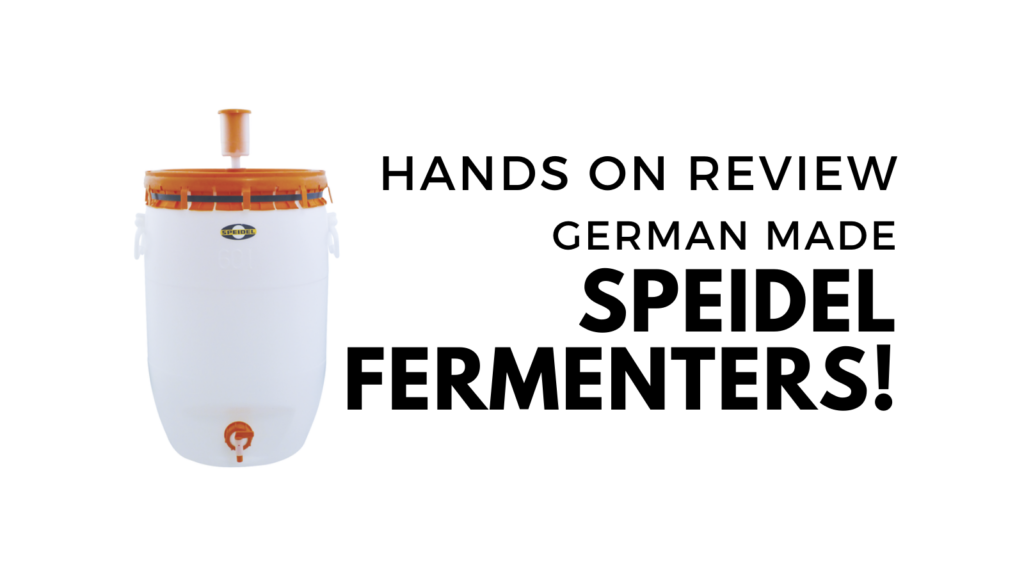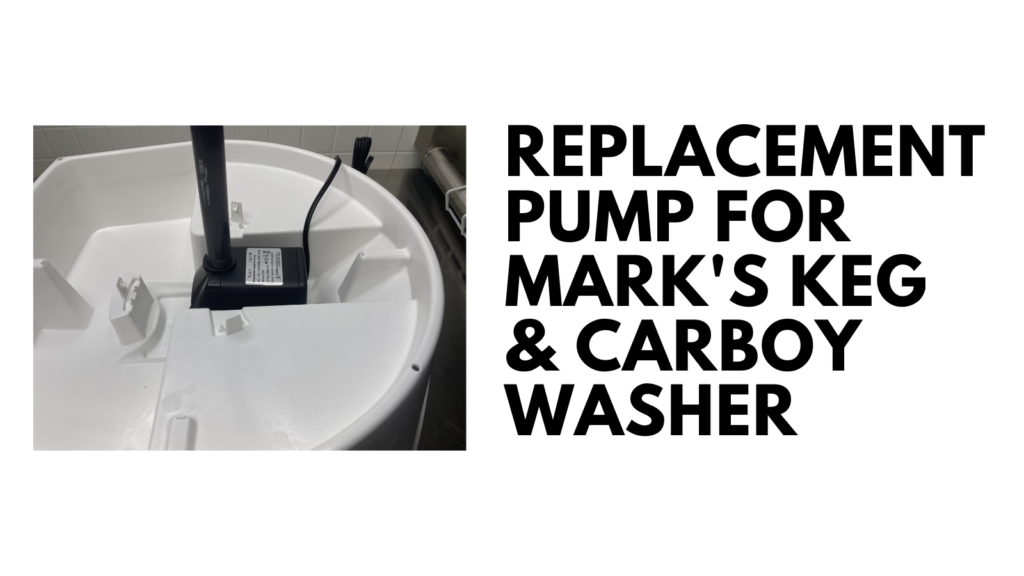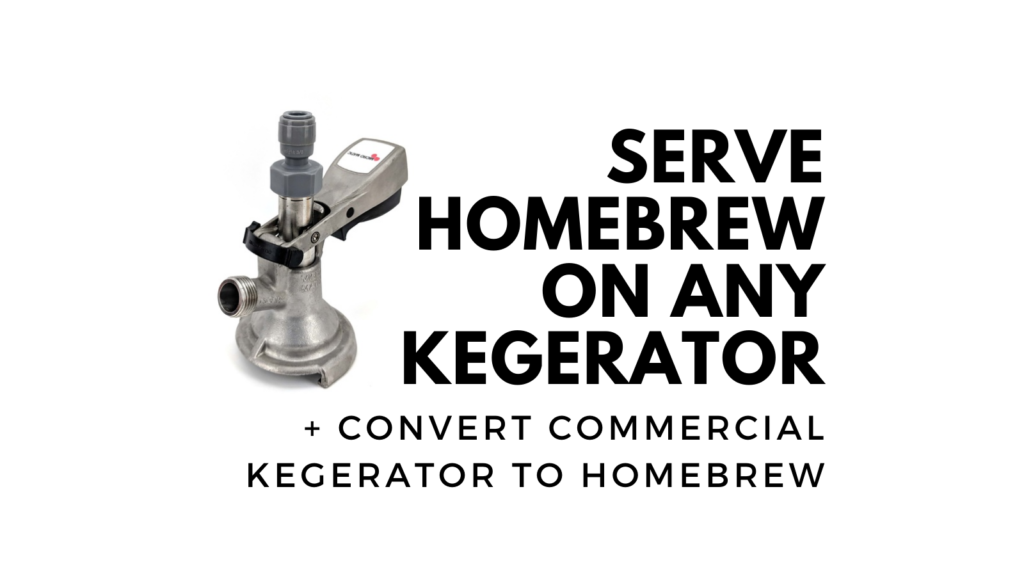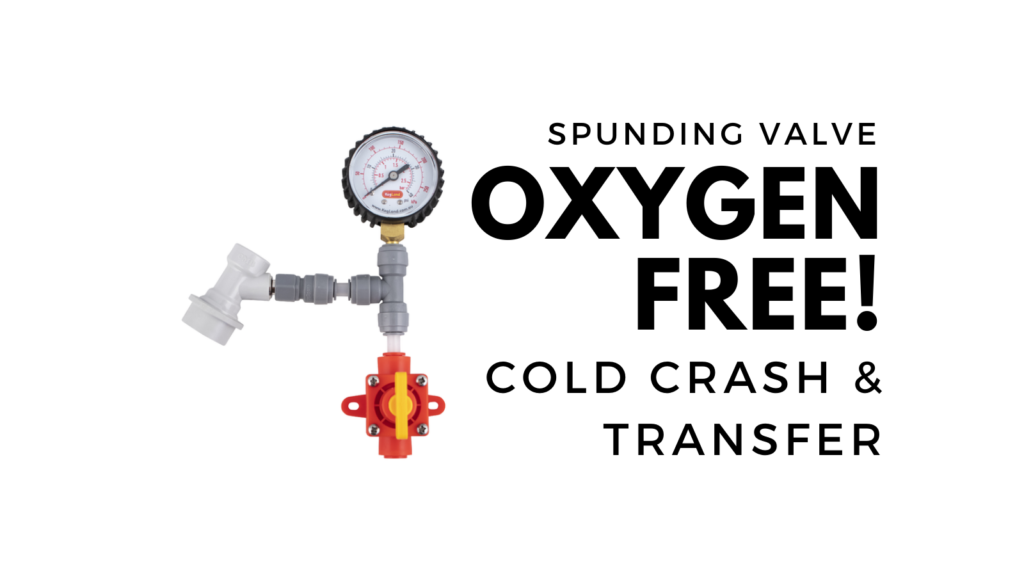
What’s the Difference Between Ball Lock Kegs and Pin Lock Kegs? + A Source for NEW Pin Lock Kegs!
Ball Lock Kegs vs Pin Lock Kegs – What’s the Difference?
The containers we call Ball Lock and Pin Lock Kegs come from the soda industry. Also called Cornelius Kegs, Corny Kegs and Corney Kegs, they were originally intended to store and distribute soda pre-mix. The big soda companies decided on different style containers for their pre-mix. Pepsi landed on the Ball Lock style while Coke uses the Pin Lock style.
Homebrewers have since re-purposed these as homebrew beer kegs.
Announcing: NEW Pin Lock Kegs Now Available!
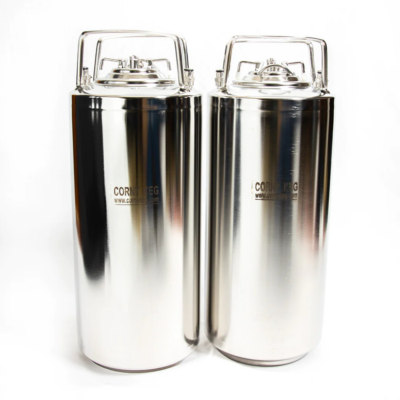 The availability of of used kegs has recently become an issue. See: Are Used Kegs Running Out?
The availability of of used kegs has recently become an issue. See: Are Used Kegs Running Out?
This has been especially true of pin lock kegs, because new pin locks have not been coming on the market. To my knowledge no new pin lock offering was generally available to homebrewers. This has caused the price and availability of pin locks to be a serious issue. For example, MoreBeer’s Pin Lock offering has sky-rocketed to $85 per keg.
Well, today is a happy day… Announcing NEW Pin Lock Kegs from cornyieg.com
- CORNY KEG 5 GALLON PIN LOCK KEG – SS
- CORNY KEG 5 GALLON PIN LOCK KEG – SS – 2 PACK
- CORNY KEG 2.5 GALLON PIN LOCK KEG – SS
- CORNY KEG 2.5 GALLON PIN LOCK KEG – SS 2 PACK
- 3 GALLON PIN LOCK KEG – SS
First, It’s important to understand both do the same thing with slightly different and dimensions and features. Note: All measurements in this post should be considered approximate. There are different models and manufacturers of kegs. Their sizes are generally about the same, but some kegs and manufacturers vary slightly. There are several sizes of kegs available including 2.5, 3, 5, 10 and 15 gallons. This post focuses on the commonly used 5 gallon size.
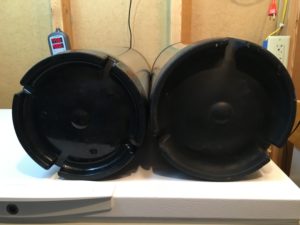 The first thing you’ll notice is dimensions – Pin Lock Kegs wider than Ball Lock kegs. Ball Lock on Left, Pin Lock on Right.
The first thing you’ll notice is dimensions – Pin Lock Kegs wider than Ball Lock kegs. Ball Lock on Left, Pin Lock on Right.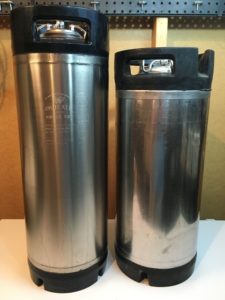 Left [Brand New 5 Gallon Ball Lock from AIH – Review] | Right [Used 5 Gallon Pin Lock] – Pin Locks are also shorter than Ball Lock Kegs. Ball Lock on Left, Pin Lock on Right. Both of these kegs have a ~5 gallon capacity.
Left [Brand New 5 Gallon Ball Lock from AIH – Review] | Right [Used 5 Gallon Pin Lock] – Pin Locks are also shorter than Ball Lock Kegs. Ball Lock on Left, Pin Lock on Right. Both of these kegs have a ~5 gallon capacity.
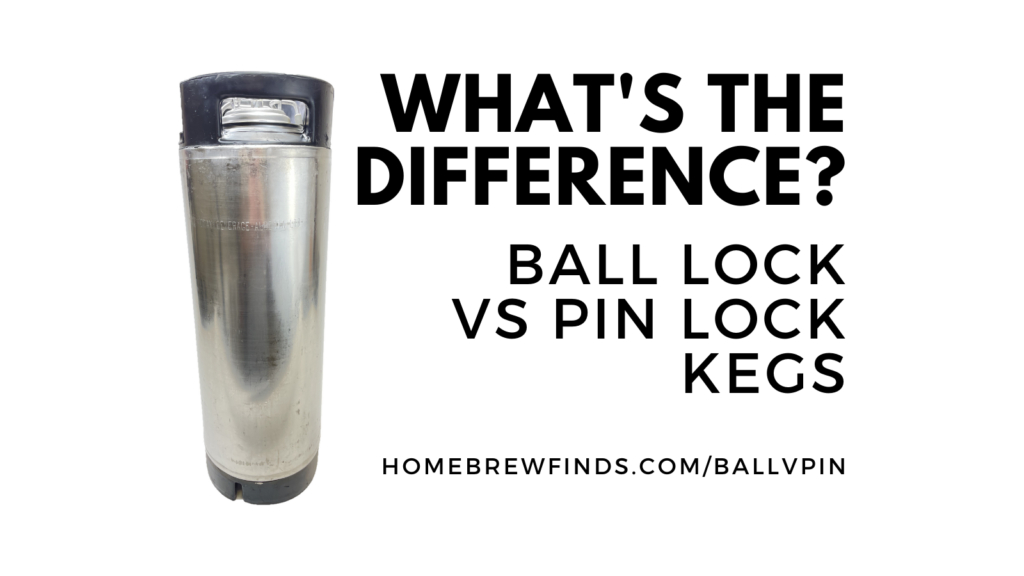

 Kegland’s DuoTight Fittings are designed to work with EVABarrier Double Wall Tubing. They offer quick, reliable connections, easy implementation, a variety of fitting options and feature amazing versatility. They’re also, generally speaking, very well priced. DuoTights are push to connect fittings and require no tubing clamps.
Kegland’s DuoTight Fittings are designed to work with EVABarrier Double Wall Tubing. They offer quick, reliable connections, easy implementation, a variety of fitting options and feature amazing versatility. They’re also, generally speaking, very well priced. DuoTights are push to connect fittings and require no tubing clamps.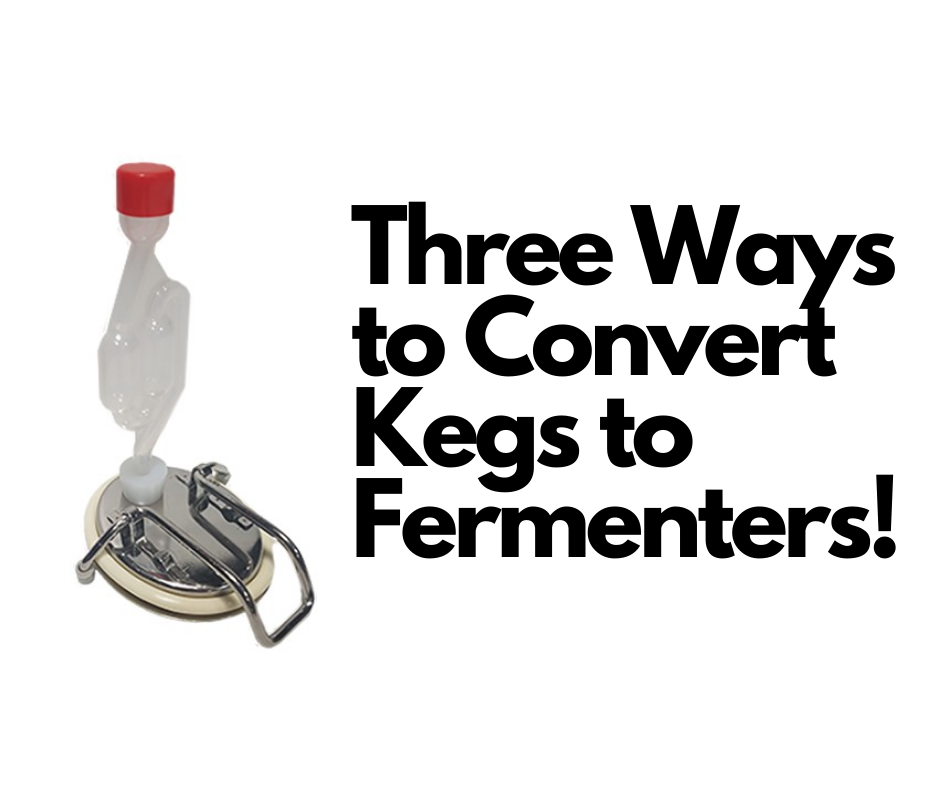
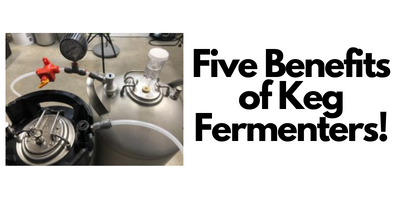


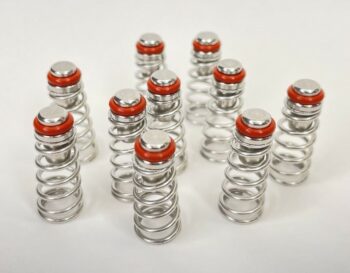
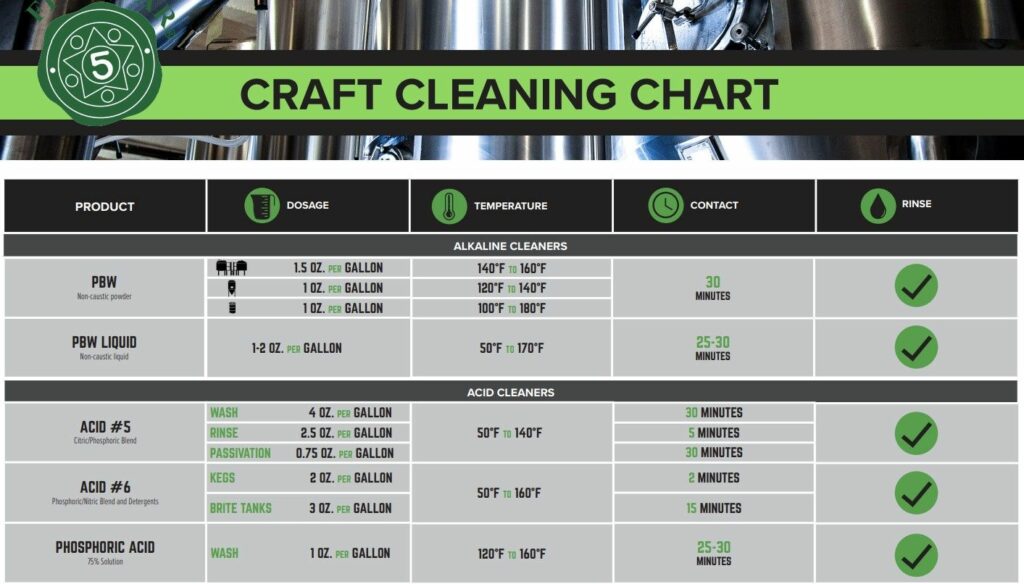




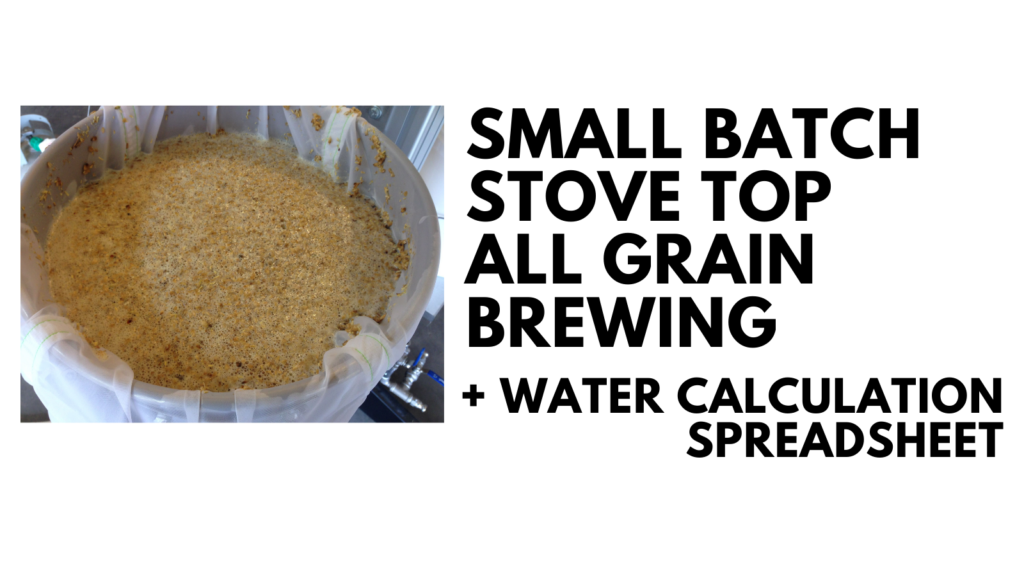


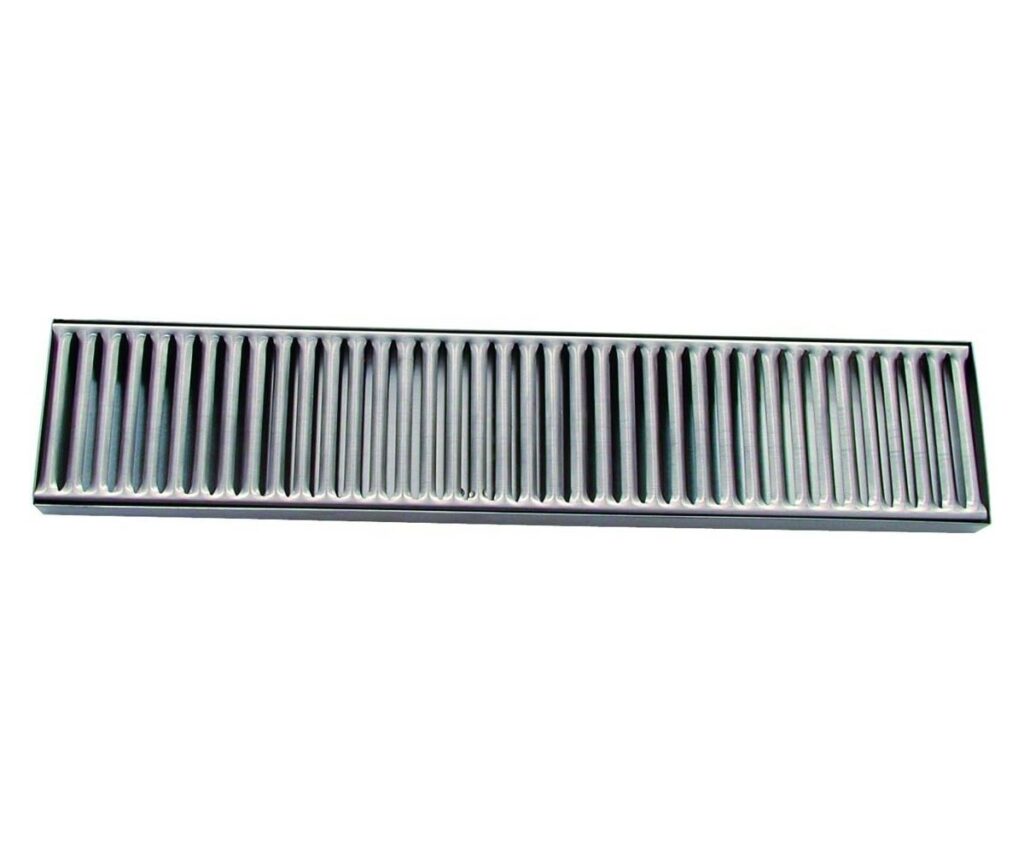


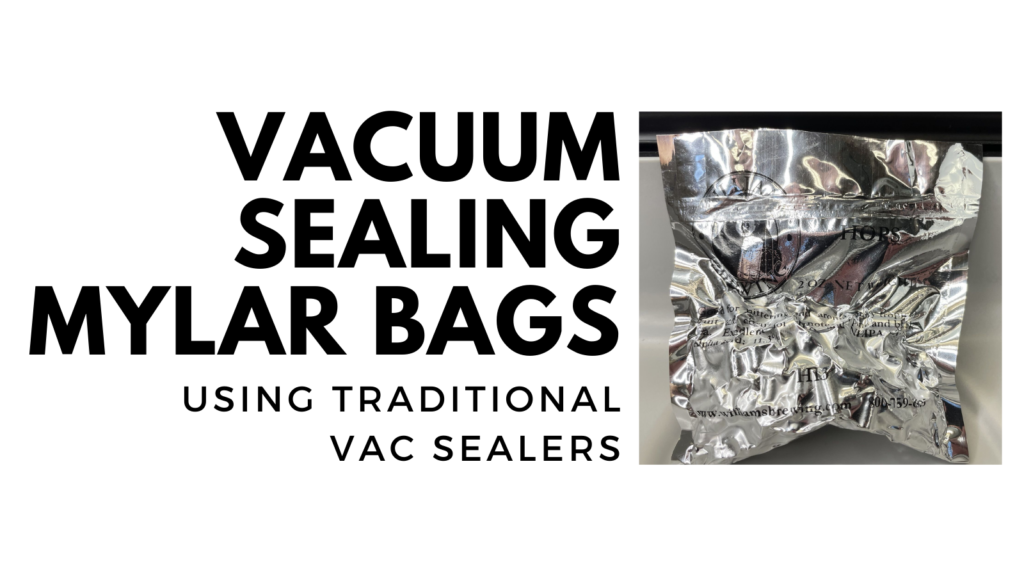
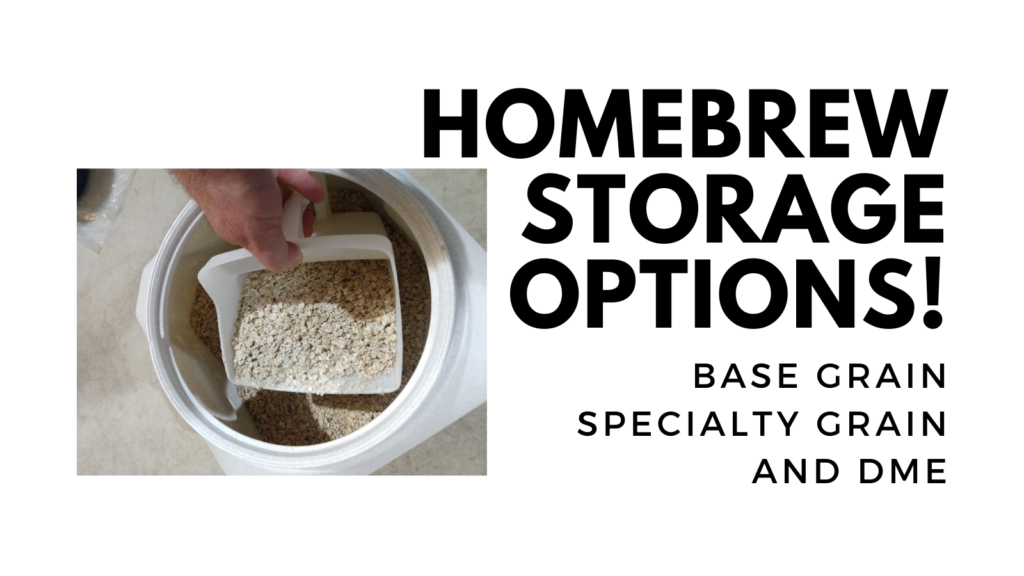
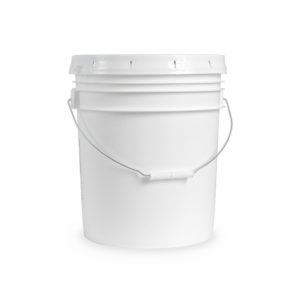

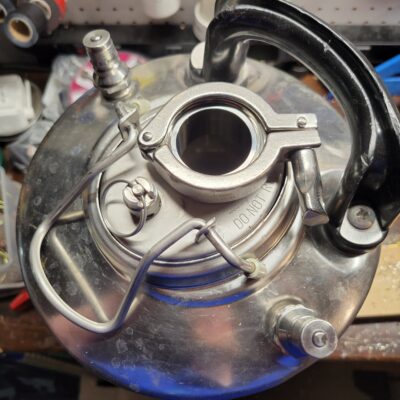
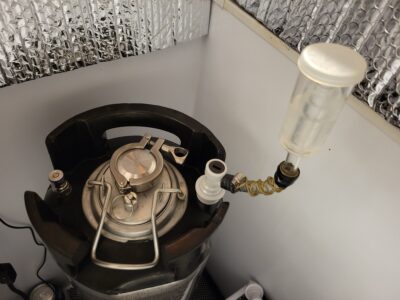 Fermenting in a Keg Using TC Equipped Lid
Fermenting in a Keg Using TC Equipped Lid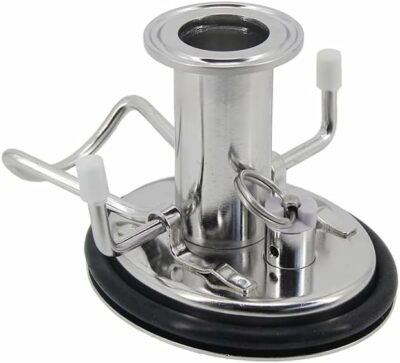
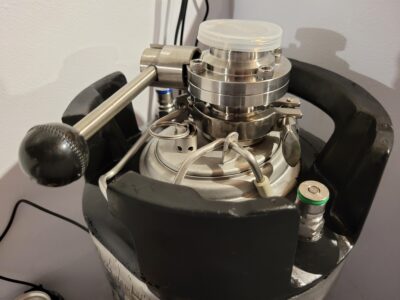 TC Equipped Lid with Butterfly Valve – Also:
TC Equipped Lid with Butterfly Valve – Also: 